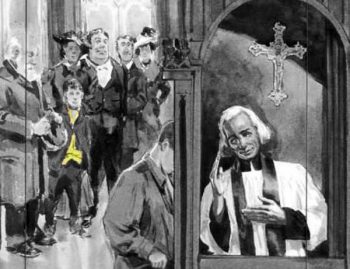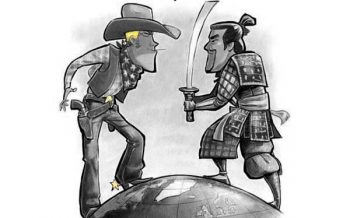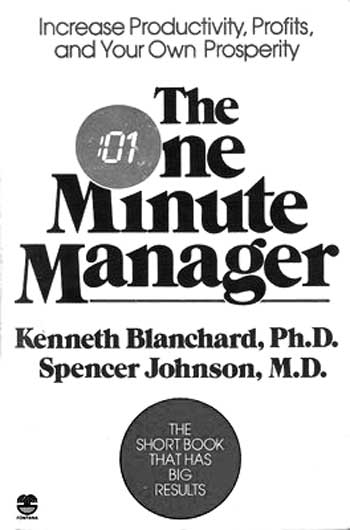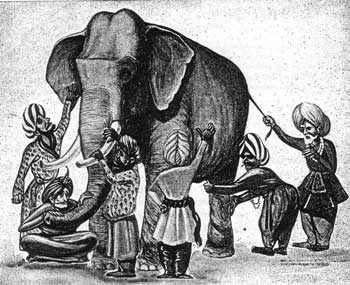East and West
“Oh, East is East, and West is West, and never the twain shall meet,
Till Earth and Sky stand presently at God’s great Judgment Seat…”
Thus opens Joseph Rudyard Kipling (1865–1936), the great British writer, poet and journalist his famous poem The Ballad of East and West.
Aside from the fact that Rudyard Kipling is my all-time favorite poet, and one who truly combines the East and West in the most magical of ways for both children and adults, there is another reason I have chosen to cite this poem here.
Today I would like to touch upon, even if only briefly, the cultural differences between the East and the West, and the way they express themselves in Quality Assurance and management.
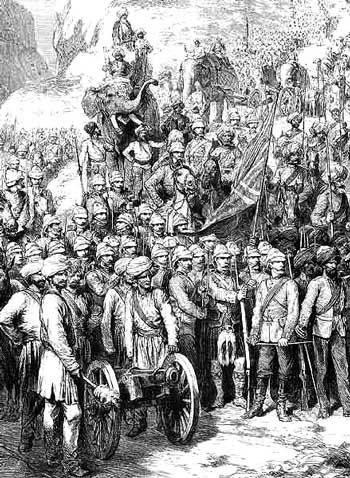
The meeting of East and West
The first meeting of its kind between the East and West, in specific relation to Quality Assurance, occurred when Dr. W.Edwards Deming began his mission in Japan in the 1950-s. The cultural differences really stand out here. While the West were barely able to understand Dr. W.Edwards Deming, the Japanese have immediately embraced his approach and suggestions, and the ensuing revolution which took place in the space of the next 20 years is astounding. On the other hand, even after the West had caught on the importance of what they were witnessing, despite all the considerable leap they have made, to this day one cannot compare the progress of Japan to that of the Western world, which still portrays Dr. W.Edwards Deming as “the statistician who helped Japan recover”, without truly understanding most of this great man’s approach and teachings.
What is the central cause of the difference in results?
The culture. East is East, and West is West. Deming has introduced them to each other and successfully made them meet, in Japan. But in the West, the East is not understood at all, and the Western culture simply cannot fathom how to make Japan-like improvement.
So wherein lies the big difference? In the very culture.
And here I must sidestep for a moment, and devote a few moments, with the utmost care and seriousness, to the subject of faith and religion. I must make myself absolutely and indisputably clear: I believe in the freedom of religion and I do not attempt to offend in any way any person or religion. I do not come to judge what is good and what is bad. To remind you, these words have no meaning in the concept of quality. And in a historical concept everything has occurred exactly as it was supposed to, so there is no judgment there. I only state facts, the chain of which caused, in my understanding, the difference in the approach between the Western and the Eastern cultures.
I only have one objective: finding the path which brings us closer to our goal and forsaking the path which takes us away from it. Not looking for what is good and what is bad, it is meaningless. Now that I have made it clear, I go on to the big difference.
Historical development of Western culture
Historically, the Western culture is based mainly on 2,000 years of Christianity, which was in turn founded on a more ancient Greco-Roman base. And during these millennia, especially the last 1,500 years, the focus was on creating the individual and disconnecting him from the rest. The Roman Catholic Church has developed this concept further by means of the confession before a priest, absolving all sins without any concern to their effect on the environment and the people affected by these sins. Again, this is not a judgment, but a statement of historical fact.
In addition, according to the Christian reading, God has given Man the Earth He has created to rule over, and to do as he pleases with it. The hierarchy place Man (male) at the top, and the rest beneath him, subject to his rule.
Some may even say this distinction stems from the medieval acceptance by the Church of Aristotle as the basis for thought. This brought Christendom (thus the West) to rather firmly adopt the idea that Plato’s and Aristotle’s approaches were polar opposites, and develop a rather one-sided thought practices. One might say that for the Church to accept that line of thought it must already have been firmly aligned with it. The Church is not known for its radical thinking innovation.
These have influenced the way people treated the world around them. The way only man’s immediate comfort was, and still is, the top consideration. Western research concentrates on the micro, disregarding the system and the whole, and the top priority and consideration is our own comfort, with no consideration of external effect. Any recognition of such effect is always post factum.
This is how we approach science, physics, medicine, engineering, consumption, the effect on environment…
Historic development of Eastern culture
In the East, the faith has been based from the beginning and focused on keeping systemic balance. Viewing the macro and not the micro, where a single man has little importance except as a reflection of the whole. At the same time, the balance is important, and so a single grain of rice may tilt the weight, a single straw may break the camel’s back. People of the East knew well that each and every thing we do is like a stone thrown into a pond, and the waves spread from where it fell, whether you like it or not.
You may ignore the waves – but they will spread; you may demand they cease to spread – but spread they will; you may claim you were never even at the place they reach – it won’t help. The stone was thrown, and the waves spread. It is not a religion, requires no faith, it is a fact.
So how can they meet?
As long as we treat these two approaches as opposites, it would appear that the East is East, and the West is West, and never the twain shall meet.
However, they are not, in fact opposites, but they complement each other. And the ones who were the first to realize it were the Japanese. Why? Because the same basic difference has made it easier for them. Ones who focuses on the micro would have a most difficult time to see the wider picture; but ones who look at the macro have a much better chance. And when Deming has brought his Western corrections to Japan’s Eastern understanding, they got it at once!
I can just see in my mind’s eye Kaoru Ishikawa slapping his forehead with an open palm and exclaiming: “Of course! Why didn’t I think of that?” And proceeding to invent the fish-bone diagram.
To bring the East and the West together, we must step away from the micro for a while, look at the macro and remember that in every word, in every thought, in every action we affect the world around us. We must take responsibility for what is within our control, and stop interfering in what is not in our responsibility. We must create cooperation, by means of sharing our strengths, instead of promoting fear and separation through focus on our weaknesses and our differences. We must work to create of more of what we want to see in this world, and not out of fear of and reaction to what we do not want.
Then will the East and West not have to wait till Judgment day to meet, and will stand together united in their strength, enriching each other by their differences.
Are you ready to lead the change?
Top picture: the troops at battle of Kandahar, Second Afghan war, 1880
This post is available also in:
 עברית
עברית
You may also find interesting:
Powered by Contextual Related Posts








